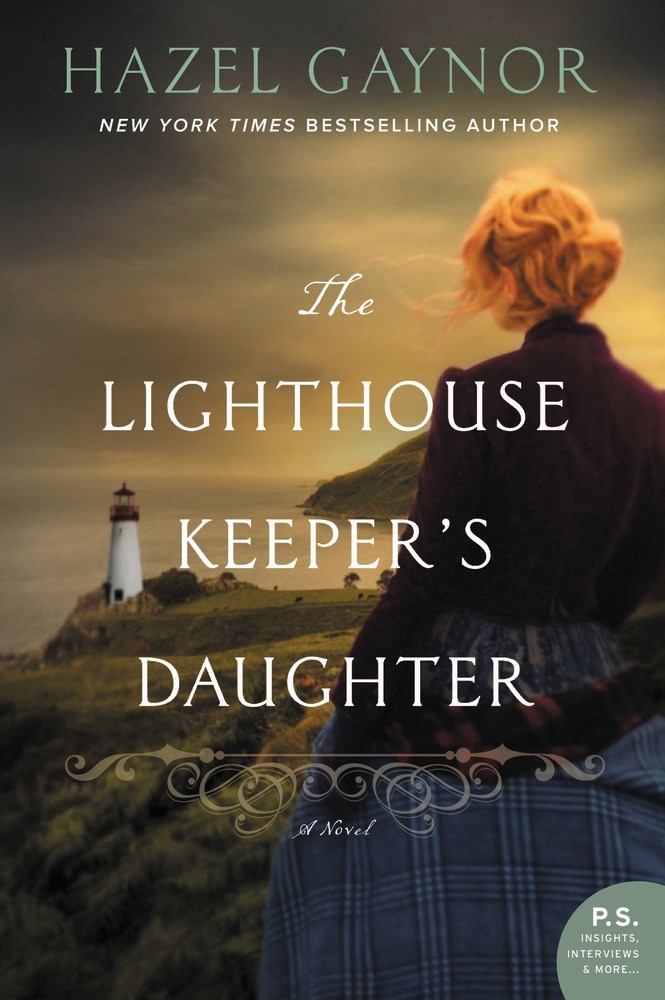
I first heard of Hazel Gaynor through her partnership with Heather Webb. They are co-authors of a number of delightful novels, including Meet Me in Monaco about Grace Kelly’s wedding. Here, Gaynor again gives us historical fiction based on real events. In one of two braided stories, twenty-two-year-old Grace Darling helps her father operate the Longstone Lighthouse on the Farne Islands in Northeast England. The family lives there, as well as being responsible for the light itself.
My sister Thomasin used to say she imagined the stairwell was a long vein running from the heart of the lighthouse. In one way or another, we have all attached human qualities to these old stone walls so that it has become another member of the family, not just a building to house us.
When a terrible storm erupts in 1838, Grace and her parents are the only ones home, her brothers elsewhere. When the paddle steamer Forfarshire is wrecked on the rocks, she insists that she and her father should try to rescue the survivors despite the raging sea and high winds. That feat made her famous, to her dismay, bringing reporters, tourists, and portrait painters to their previously lonely outpost.
One hundred years later, nineteen-year-old Matilda finds herself banished to another lighthouse in Newport, Rhode Island, to spare her parents back in England the shame of her unwed pregnancy. The lighthouse is run by a distant relative, a grim, reclusive woman.
As Matilda tries to find a way to connect to Harriet, she becomes intrigued by the lighthouse itself and soon begins to learn about its history and operation. In a trove of family artifacts she learns about her ancestor, Grace Darling. She’s also curious about Harriet’s mysteries and secrets.
The 1938 New England Hurricane, one of the deadliest and most destructive ever to hit the United States, requires both women to summon reserves of courage and love if they and the lighthouse are to survive.
In spite of the hurricanes and other tragedies, this novel was the absorbing comfort read I was looking for. I couldn’t help but cheer on these women who worked so hard and set themselves such high standards. The relationships within the families and with those in the wider world were presented with nuance and depth.
I might have liked a little more development of some of the secondary characters, but that’s a minor quibble. There were a few anachronisms in each of the time periods, which gave me a chuckle.
Still, I treasured the insights about what it takes to operate a lighthouse in each time period, and the attendant duties, such as rescuing shipwrecked people. I had no idea that women had been lighthouse keepers, though—of course—why not?
Like Gatsby and Woolf’s Mrs. Ramsey, I used to live with a distant light, a lighthouse on the Chesapeake Bay that lit my bedroom and dreams for years. I once tried to swim to it. It seemed so close! But it was not; it was beyond my power to reach.
So Gaynor had me at “lighthouse.” Then came the bonus of just the sort of story I was looking for: one that held my attention, gave me a break from the anxieties of current events, and even taught me some things I didn’t know.
Have you read a novel or a nonfiction book about a lighthouse and/or its keeper?